The Three Cenotes of Chunkanán
Hundreds of cenotes pockmark the earth of the Yucatán Peninsula. Fed by subterranean rivers, these pools once served as sources of fresh water for the Maya, but today they’re primarily used for fun. We visited three amazing cenotes on a popular tour leaving from the village of Chunkanán.

Our trip began in front of the restaurant Dzapacal, where we hopped into a cart pulled by horse along old railway tracks. The restaurant wasn’t hard to find; it’s the only large building in this minuscule town. Chunkanán was once home to one of the Yucatán’s many henequen plantations, and has struggled to survive since the collapse of the industry. The tracks along which our cart was being pulled had been used to transport the fiber to the port of Sisal on the Gulf Coast. After a short ride of about ten minutes, we arrived at the first cenote: Santa Cruz.
At each cenote, our guide allowed us as much time as we wanted, and we took full advantage at Santa Cruz, which we had all to ourselves. This cave was lit perfectly and we were able to float on the cool water, looking up at the stalactites and the swallows that circled them.
The second cenote was near enough to walk to. Dzapacal means “short throat” in Mayan and shares its name with the town restaurant. Without a guide, we would have walked right by this hole in the ground and completely missed it. To get to the water, you have climb ten slippery meters down a pair of ladders. The pool itself is narrow but extremely deep at nearly 33 meters (100 feet), and swimming down here was terrifying. So far from the surface and swimming in a hole that extends endlessly into the earth… who knows what ghastly creatures lurk in the deep?
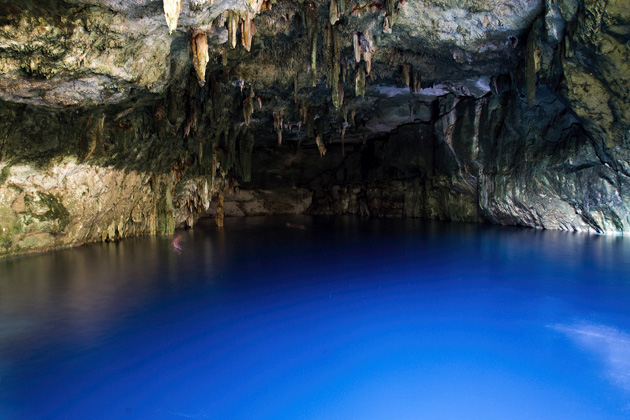
We hopped back on our cart to reach the third and final cenote of the day, Chelentun. There was quite a crowd when we arrived, but no bother. At over 100 meters (300 feet) in length and 40 meters (120 feet) deep, Chelentun is big enough to share. We dove in, and I went straight down until my ears started to hurt. The water is amazing, stunningly clean and clear, and glows bright blue when hit by the sun. You might think that the water of a subterranean river would be freezing, but it’s actually quite pleasant.
We can’t recommend this tour enough. Be warned, though. To reach Chunkanán, you have to pass through Cuzamá, a neighboring village which is trying to steal the cenote business. Jealous of the success of Chunkanán’s tour, Cuzamá started up its own “Three Cenote” package. Guys with red flags lurk on the road and will aggressively wave you down, even forcing you off the road. They direct you into their parking lot, and will lie about their tour being the only one. We had to be very insistent, even rude, before we were able to continue on to Chunkanán. It’s an awful practice, especially since struggling Chunkanán truly depends on these tours as nearly its sole source of income.
Apart from that bit of unpleasantness, we loved our time in Chunkanán. After the tour’s conclusion, we enjoyed an excellent lunch in the restaurant, and then hired a kid to take us to the ruins of the town’s old henequen plantation. A really fun day out, not far from Mérida.
Location of Chunkanán on our Map
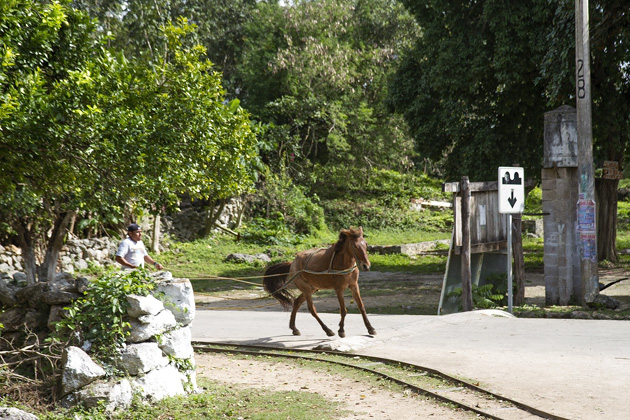
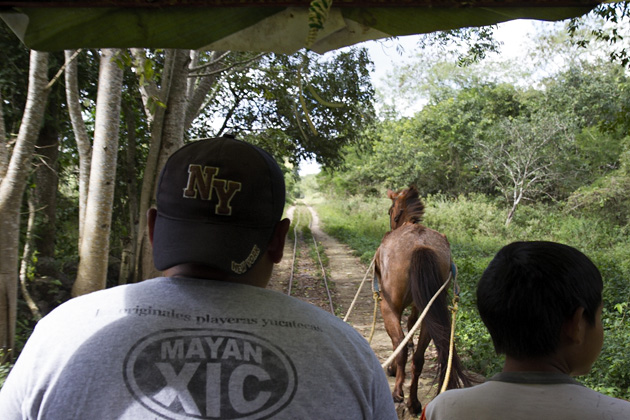
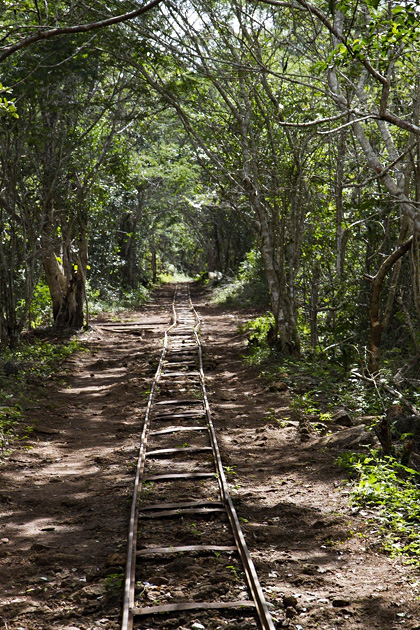
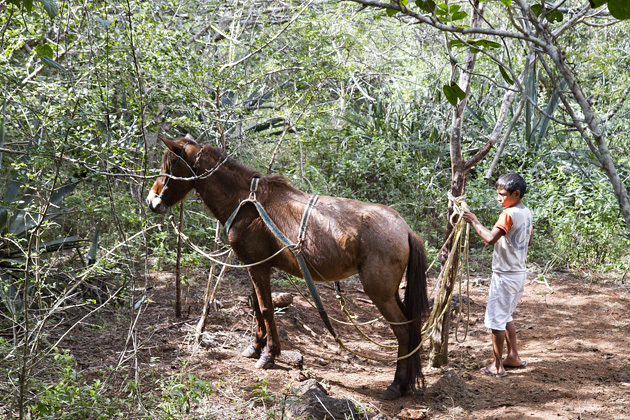
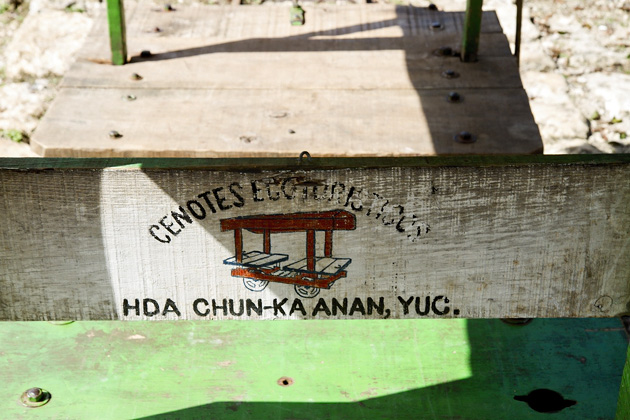

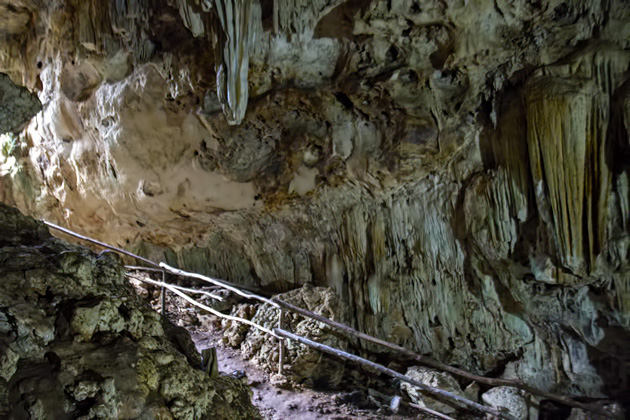
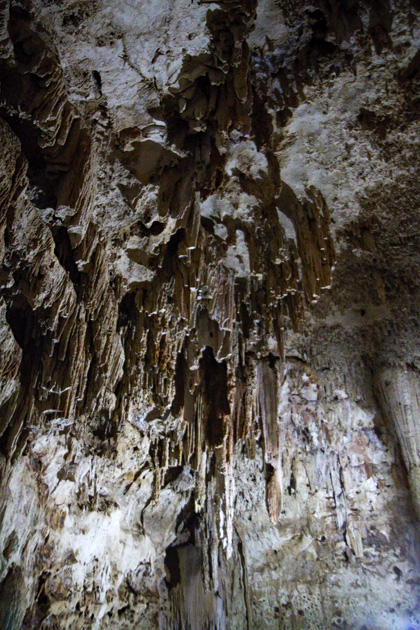

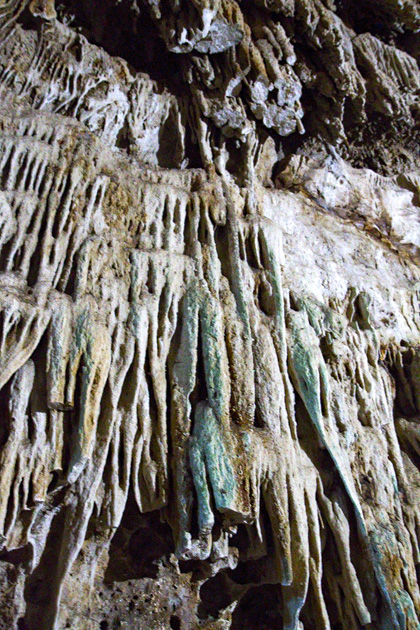

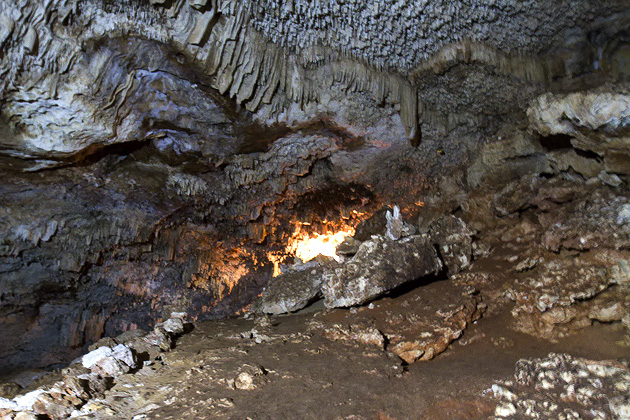
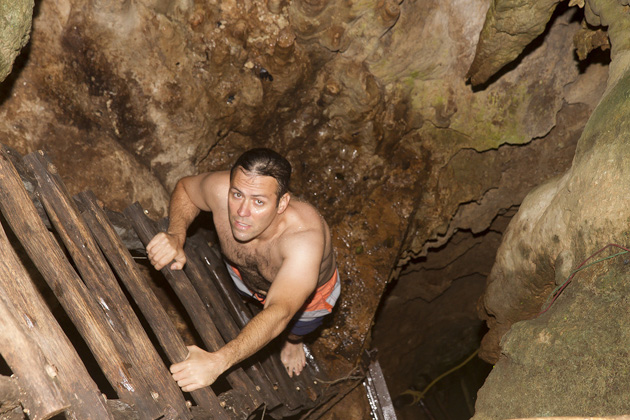
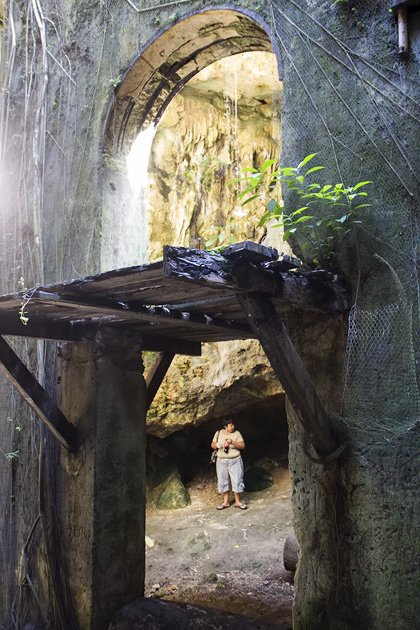


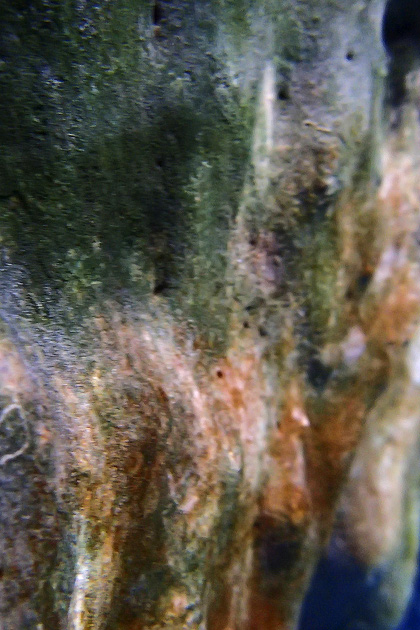
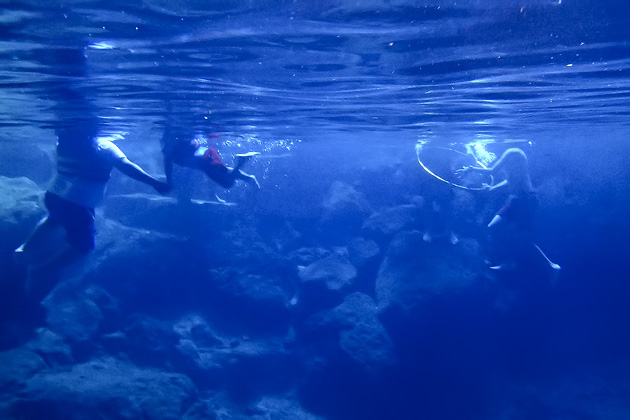
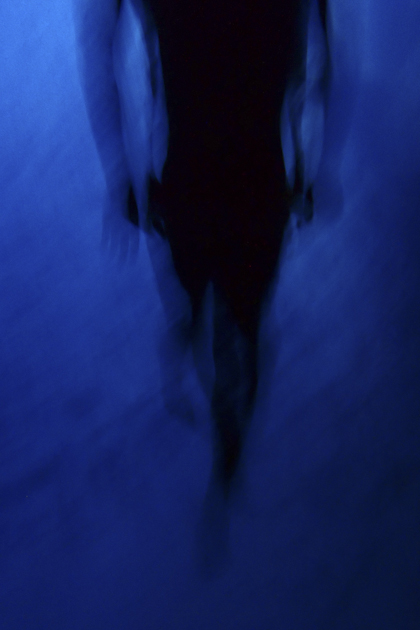
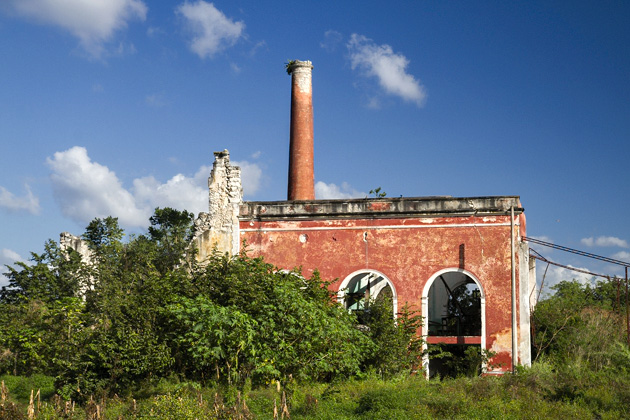
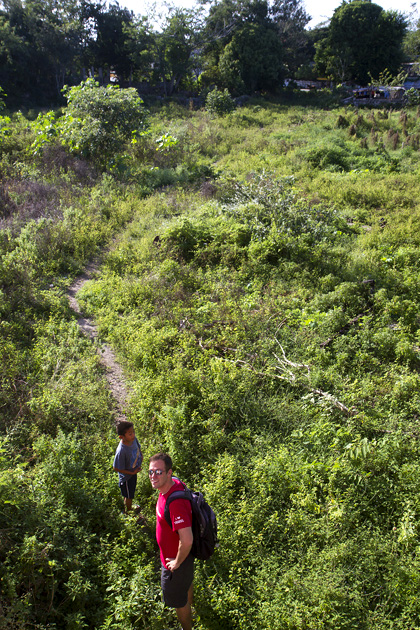
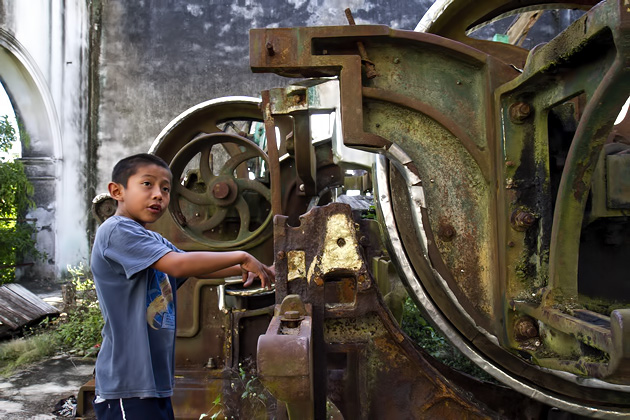
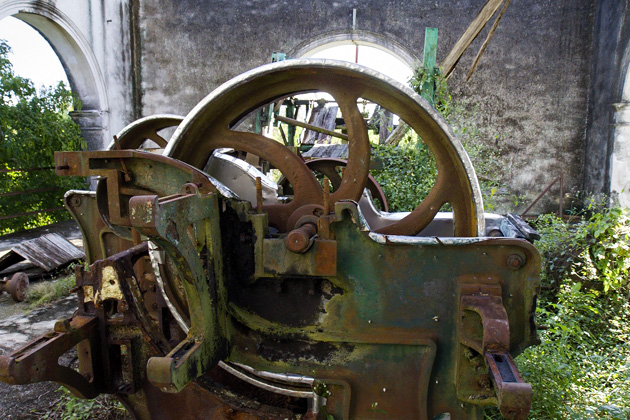

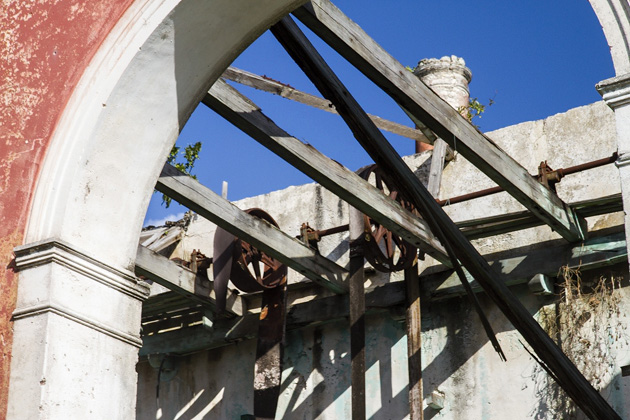
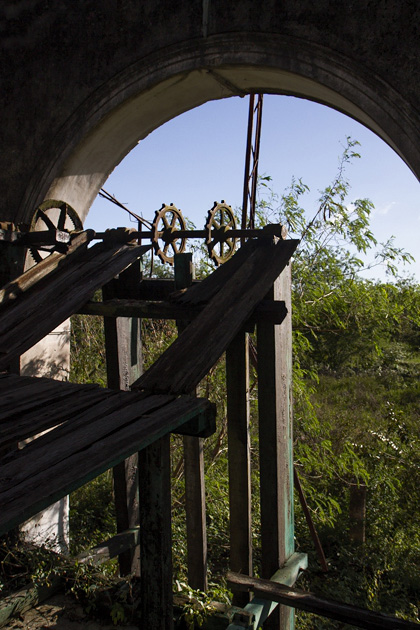
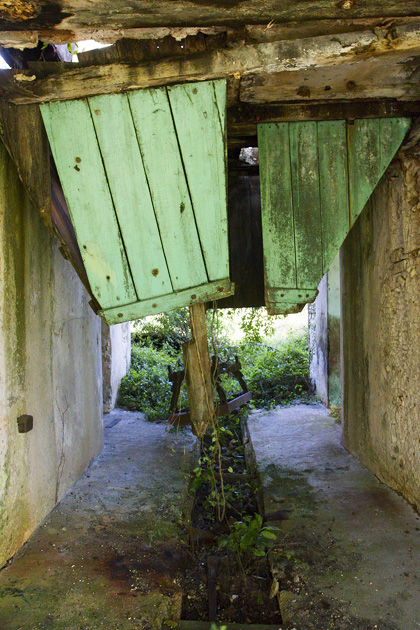
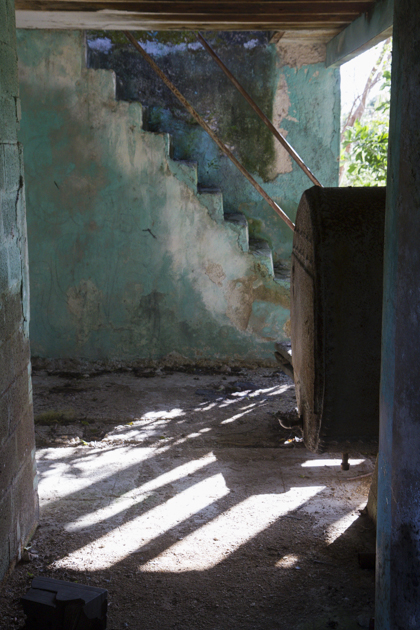
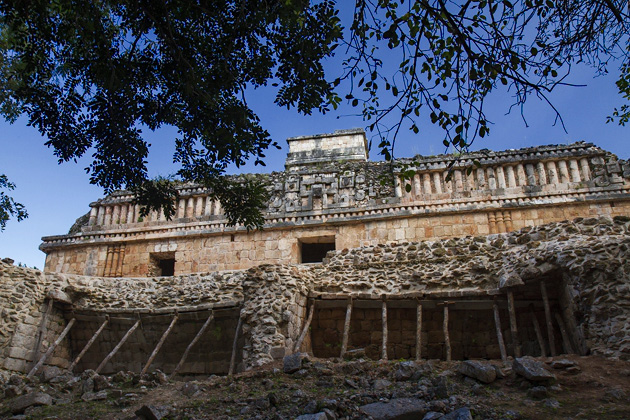
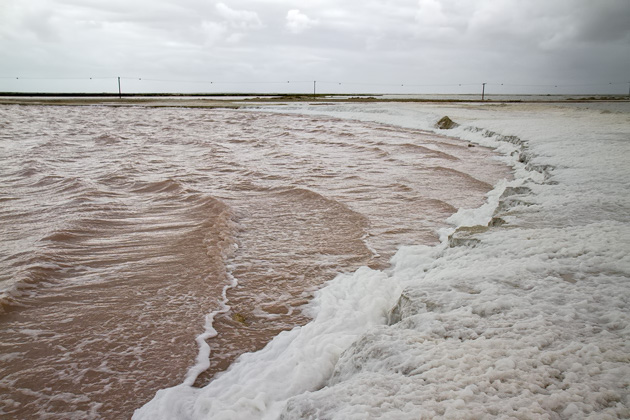
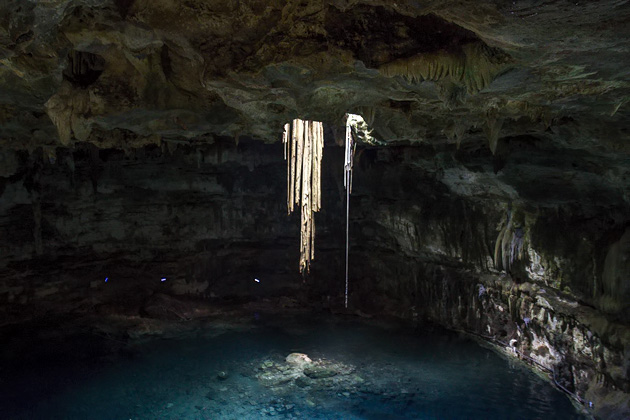

Pingback: Acanceh | For 91 Days in the Yucatán – Travel Blog
Pingback: Bannalp - An Insider's Tip Near Lucerne + Alphorn - For 91 Days